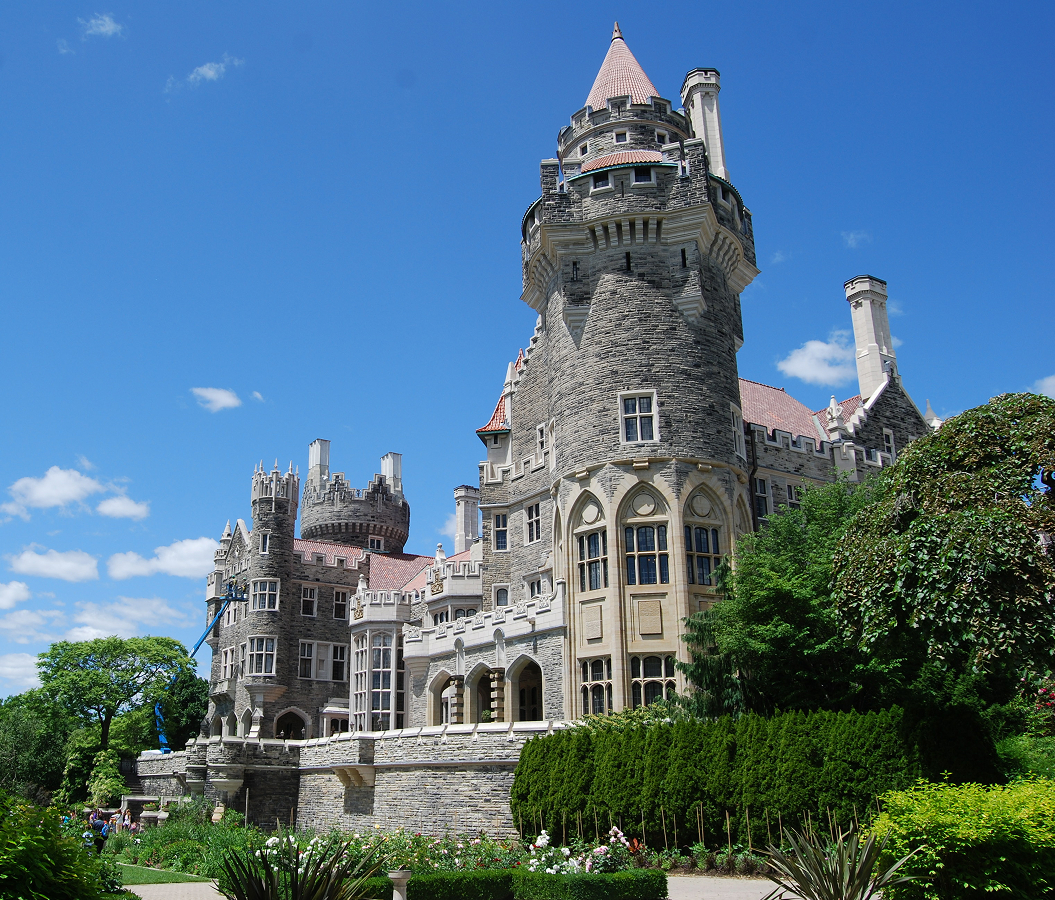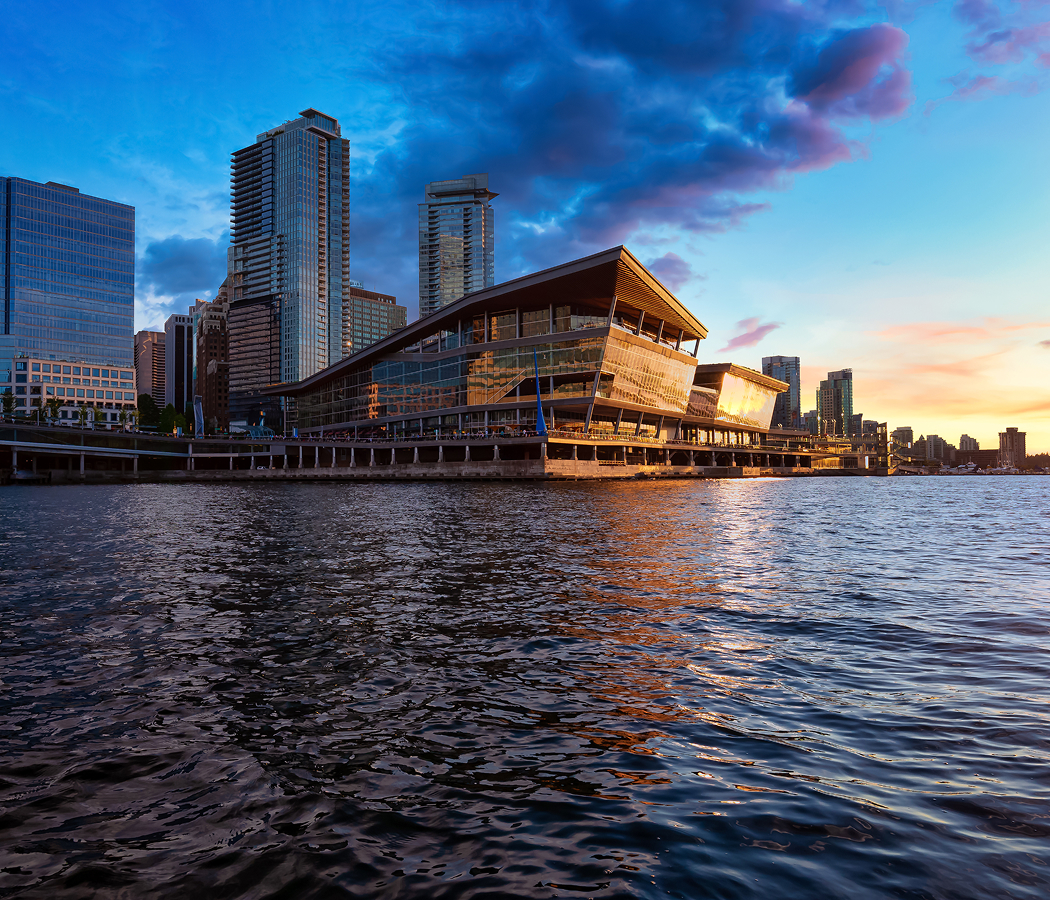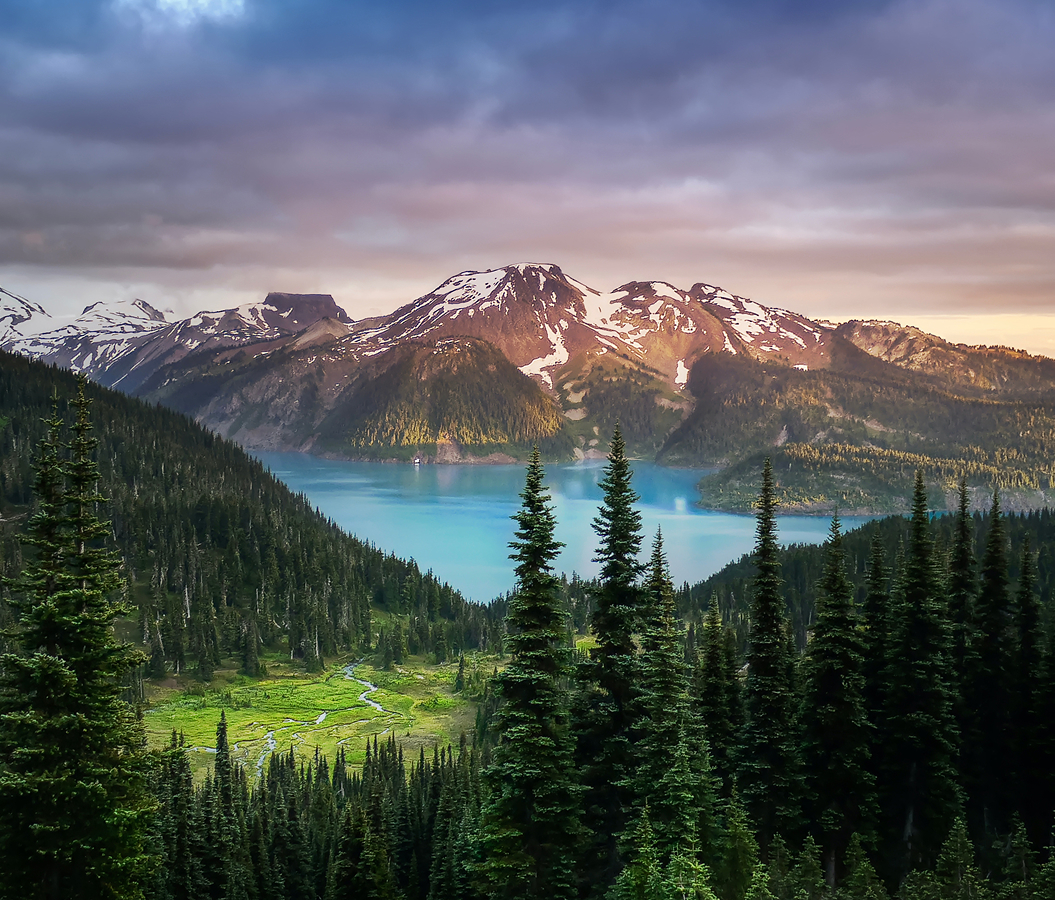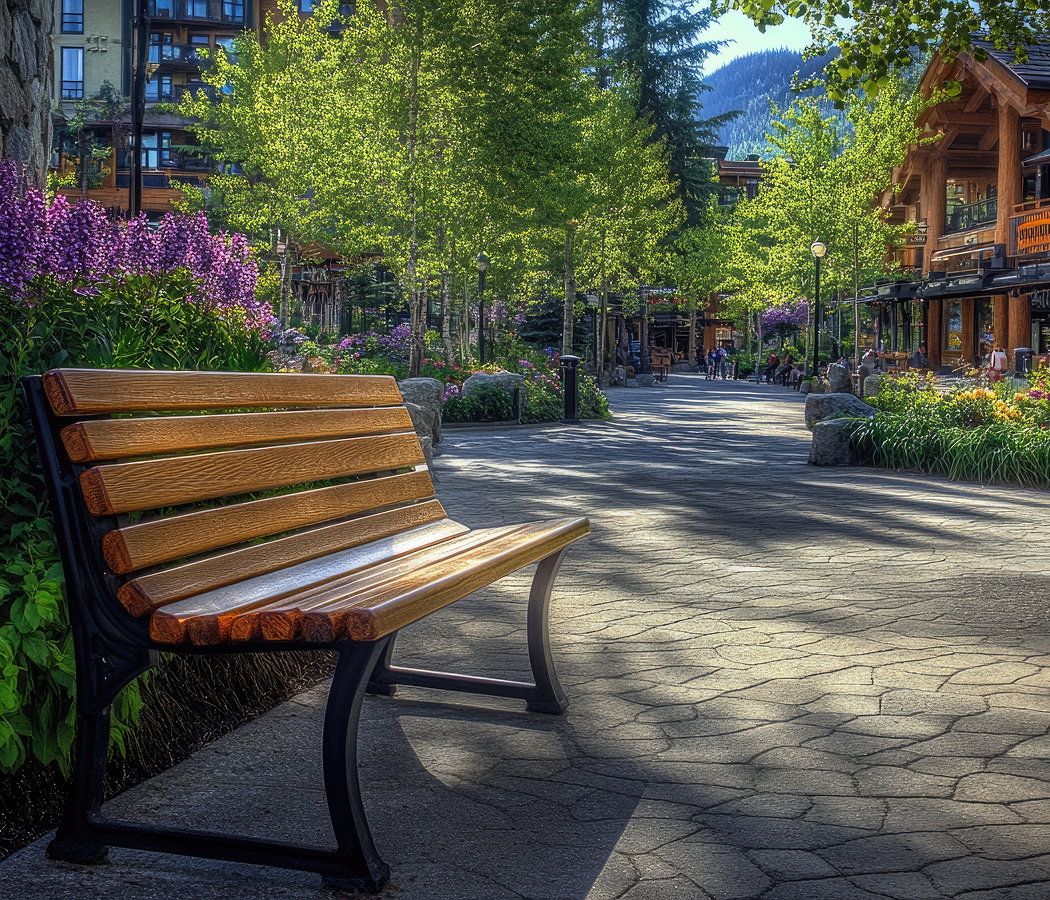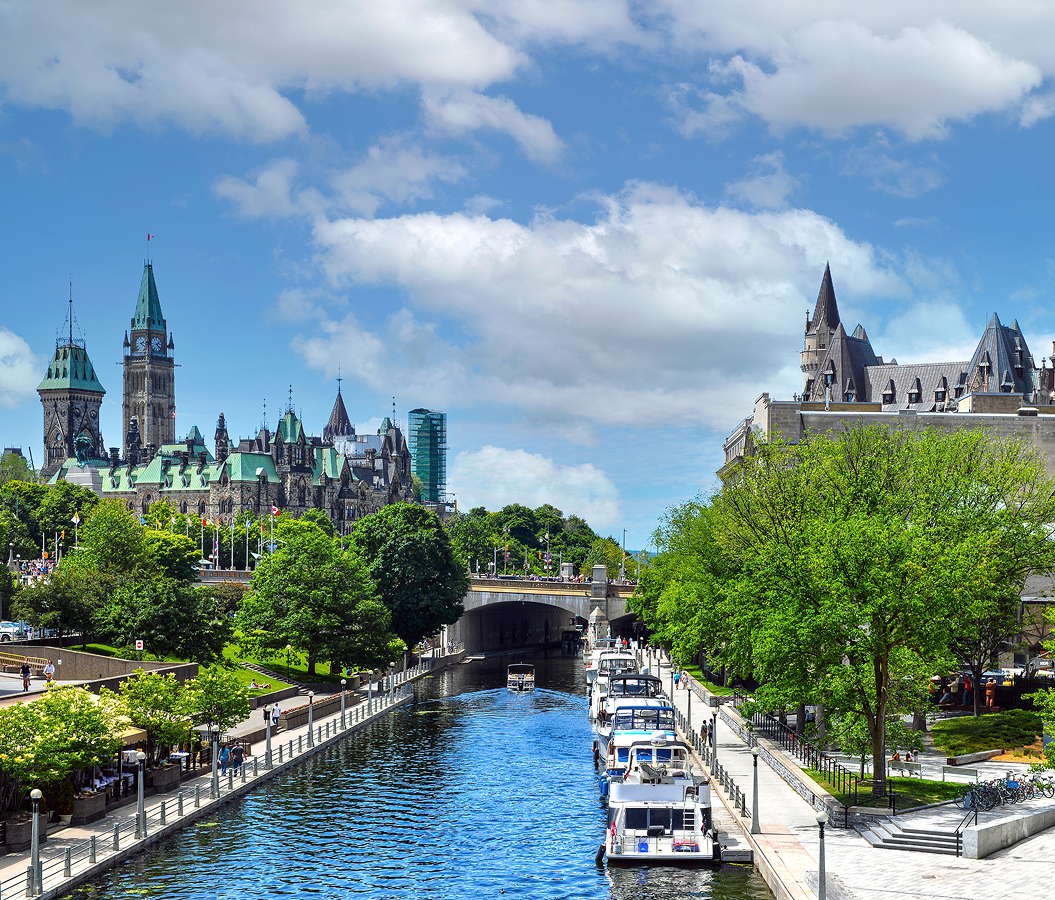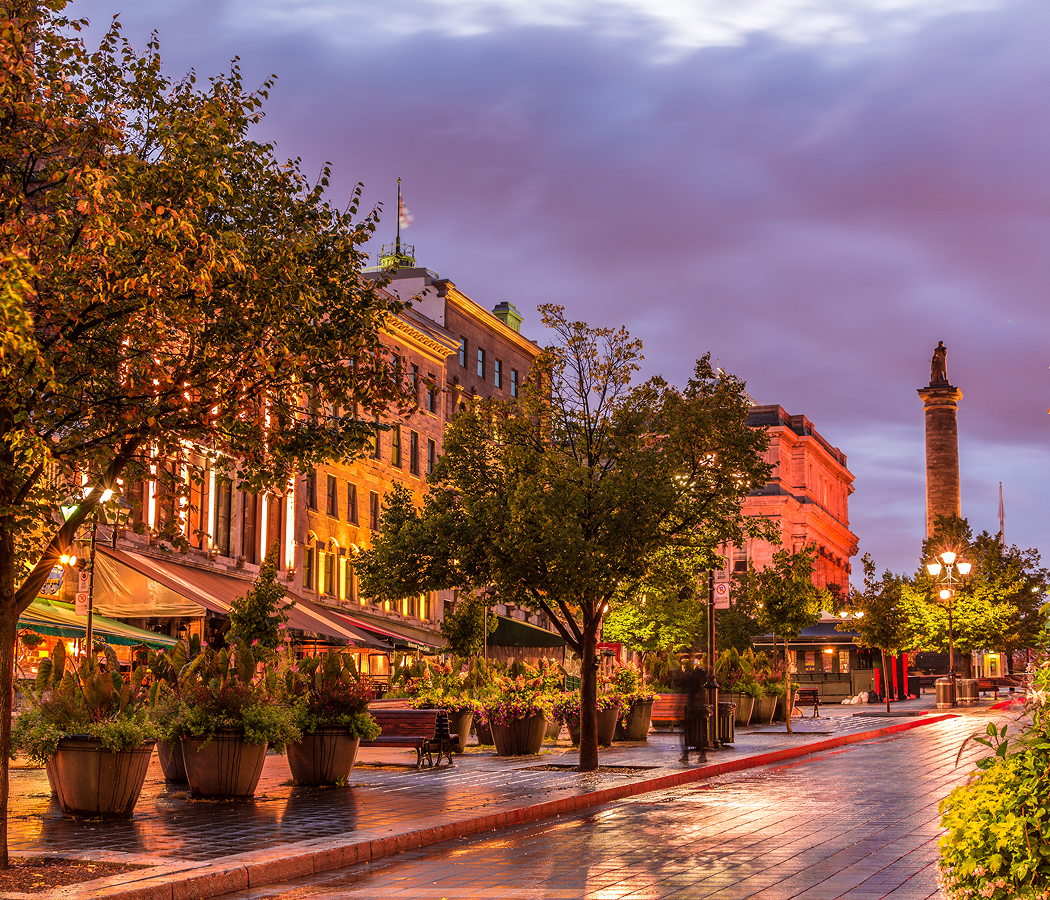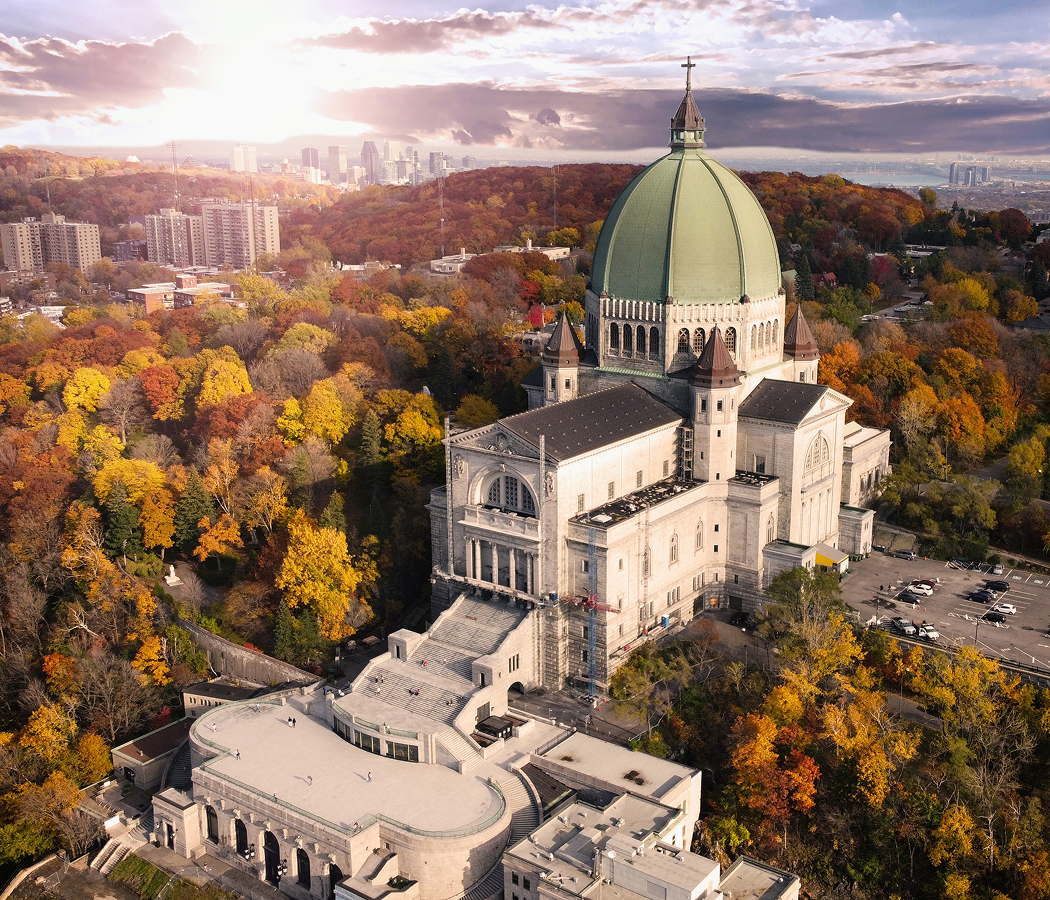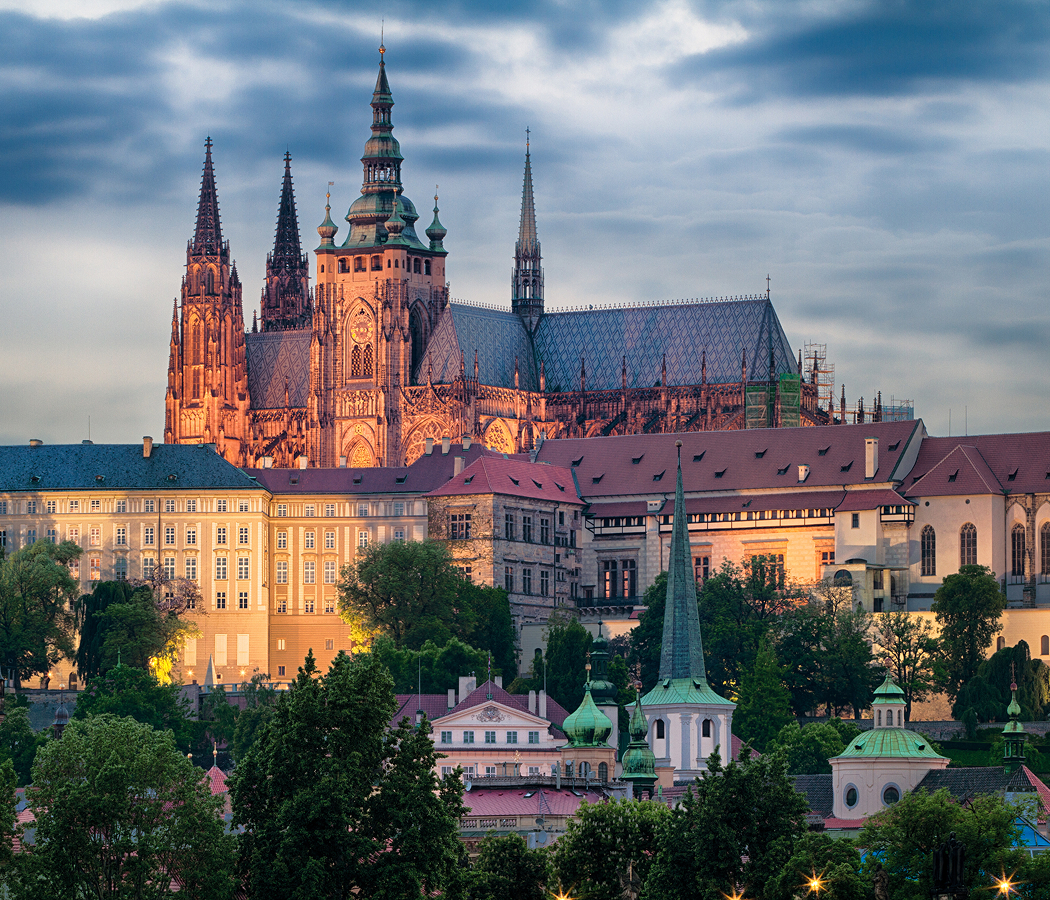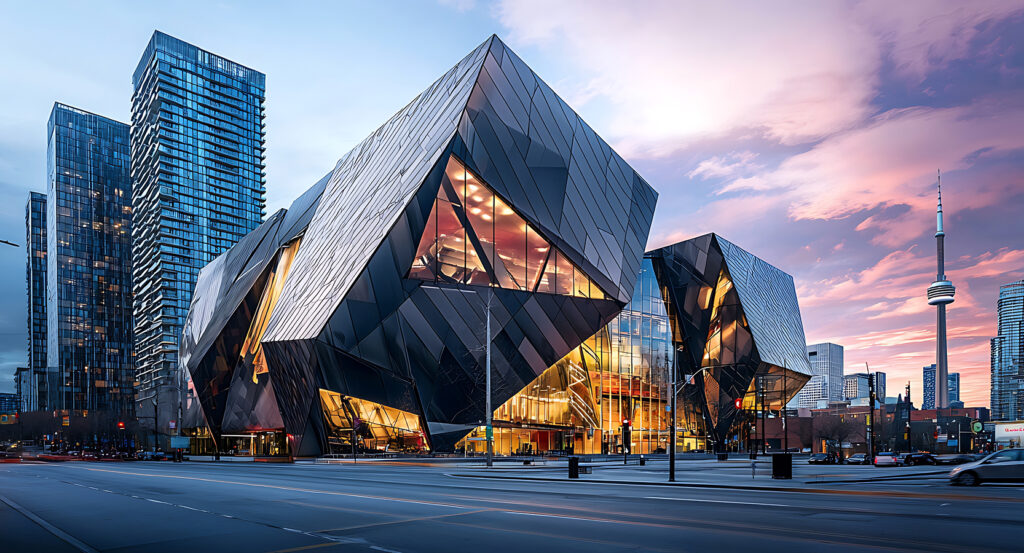
Why you should experience the Royal Ontario Museum (ROM) in Toronto.
The Royal Ontario Museum (ROM) in Toronto isn’t just Canada’s largest museum, it’s a universe of discovery contained within a single, breathtaking building.
From the moment you see its dramatic Michael Lee-Chin Crystal, a glass-and-steel structure slicing into the museum’s historic stone façade, you know you’ve entered a place where past and future coexist. Inside, the ROM unfolds like a world within worlds: 13 million objects spanning art, culture, and natural history, each telling a story of how humanity and nature have shaped one another across time. Stand beneath the towering dinosaur skeletons in the Age of Dinosaurs gallery, wander through glittering halls of gems and minerals, then step into ancient civilizations reborn in marble, gold, and myth. Every corner invites awe, an Egyptian mummy still wrapped in linen, a full-scale totem pole carved by Indigenous hands, a meteorite older than the Earth itself. What sets the ROM apart isn’t just its scale but its soul, it’s a space where science and imagination meet, where children and scholars alike find wonder in the details. Toronto’s heartbeat of curiosity lives here, radiating through every gallery, every whisper of the past, and every spark of discovery that points toward the future.
What you didn’t know about the Royal Ontario Museum.
The Royal Ontario Museum’s story is a century-long odyssey of ambition, reinvention, and vision, a reflection of Canada’s journey toward cultural and scientific excellence.
Founded in 1914, the ROM began as a collaboration between the University of Toronto and the provincial government, with a mission to preserve and interpret the world’s natural and cultural treasures. Over the decades, its collection expanded exponentially, evolving from an academic archive into one of the most dynamic museums on the planet. Its five major galleries, dedicated to natural history, world cultures, art, archaeology, and biodiversity, mirror the diversity of human experience itself. The 2007 addition of the Michael Lee-Chin Crystal, designed by world-renowned architect Daniel Libeskind, sparked international debate and admiration alike, cementing the ROM’s status as a global architectural icon. But beyond its striking exterior, the museum continues to pioneer new ways of engaging the public. Its exhibitions often merge technology with storytelling, from holographic reconstructions of ancient cities to immersive soundscapes that bring forgotten worlds to life. The museum’s research programs span continents, supporting archaeological digs in Egypt, paleontological expeditions in Alberta, and Indigenous cultural preservation across Canada. Few realize that the ROM also houses one of North America’s largest fossil collections and the country’s most comprehensive assemblage of Asian art. It’s not simply a museum, it’s a bridge between cultures, generations, and disciplines, reminding visitors that knowledge itself is humanity’s greatest masterpiece.
How to fold the Royal Ontario Museum into your trip.
Experiencing the Royal Ontario Museum (ROM) in Toronto is less a visit than an expedition, one that rewards curiosity at every turn.
Start your journey by taking in the building’s exterior from Bloor Street, where the fusion of modern and historic architecture creates a striking visual metaphor for Toronto itself: timeless yet ever-evolving. Inside, begin with the Natural History galleries to meet Gordo the Barosaurus, one of the largest dinosaur skeletons on display in Canada. Then move into the Earth’s Treasures gallery to see dazzling gems, meteorites, and rare minerals glowing like captured starlight. The Egyptian collection, with its intricately painted sarcophagi and mummified animals, transports you straight into the world of the pharaohs. From there, explore the Chinese galleries, home to ancient pottery, jade carvings, and sculptures that span 2,000 years of artistic evolution. The ROM’s Indigenous galleries are essential viewing, presenting living stories of resilience and artistry from First Nations, Métis, and Inuit communities. Plan at least three hours to explore fully, five if you want to absorb the details. For a break, stop at the café or terrace overlooking Philosopher’s Walk, one of Toronto’s most peaceful green corridors. If you’re visiting with family, check the schedule for hands-on discovery areas or guided tours, both designed to bring the exhibits vividly to life. As you leave, step outside at sunset to watch the Crystal catch the evening light, glowing softly against the skyline, a symbol of how history, art, and imagination illuminate one another in perfect harmony.
Hear it from the Foresyte community.
Looks like a spaceship crash-landed downtown and they just decided to fill it with dinosaurs and ancient treasure. And honestly, respect. Not a boring corner in sight.
Where meaningful travel begins.
Start your journey with Foresyte, where the planning is part of the magic.
Discover the experiences that matter most.


